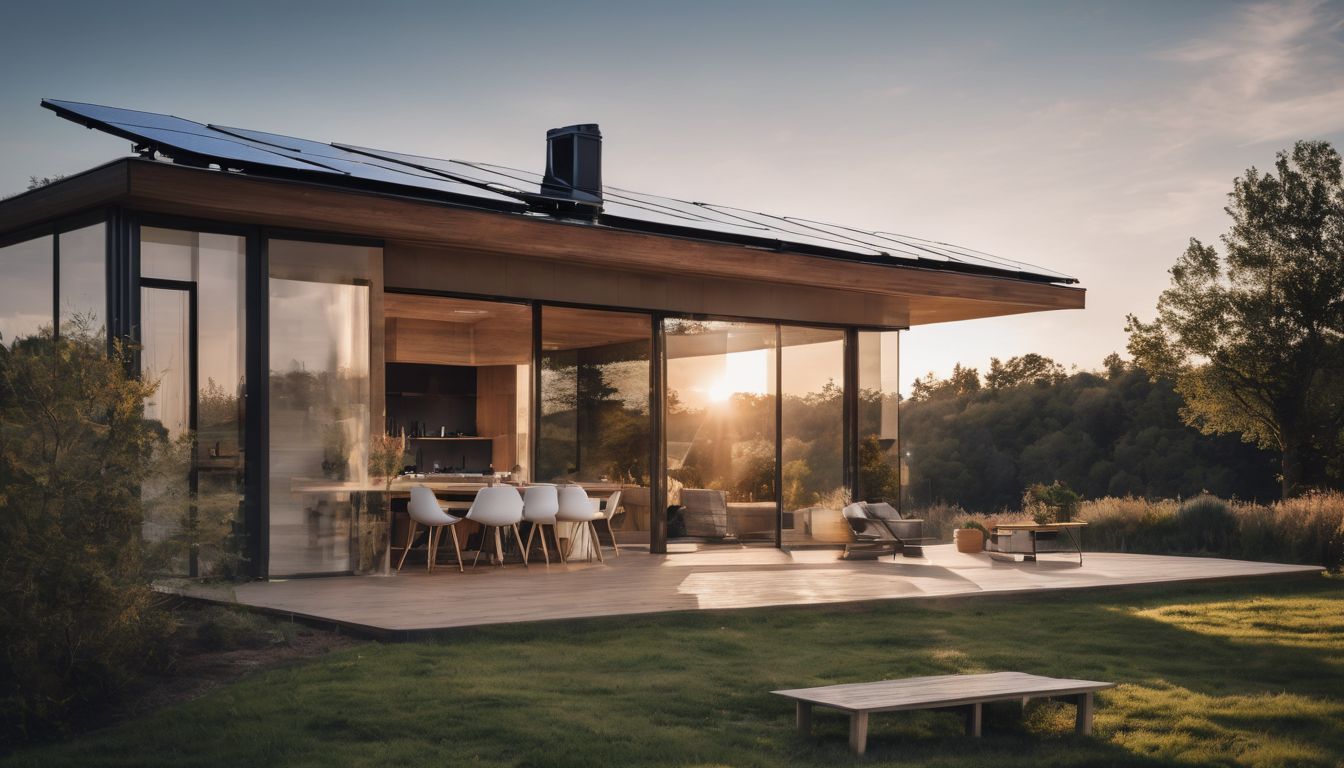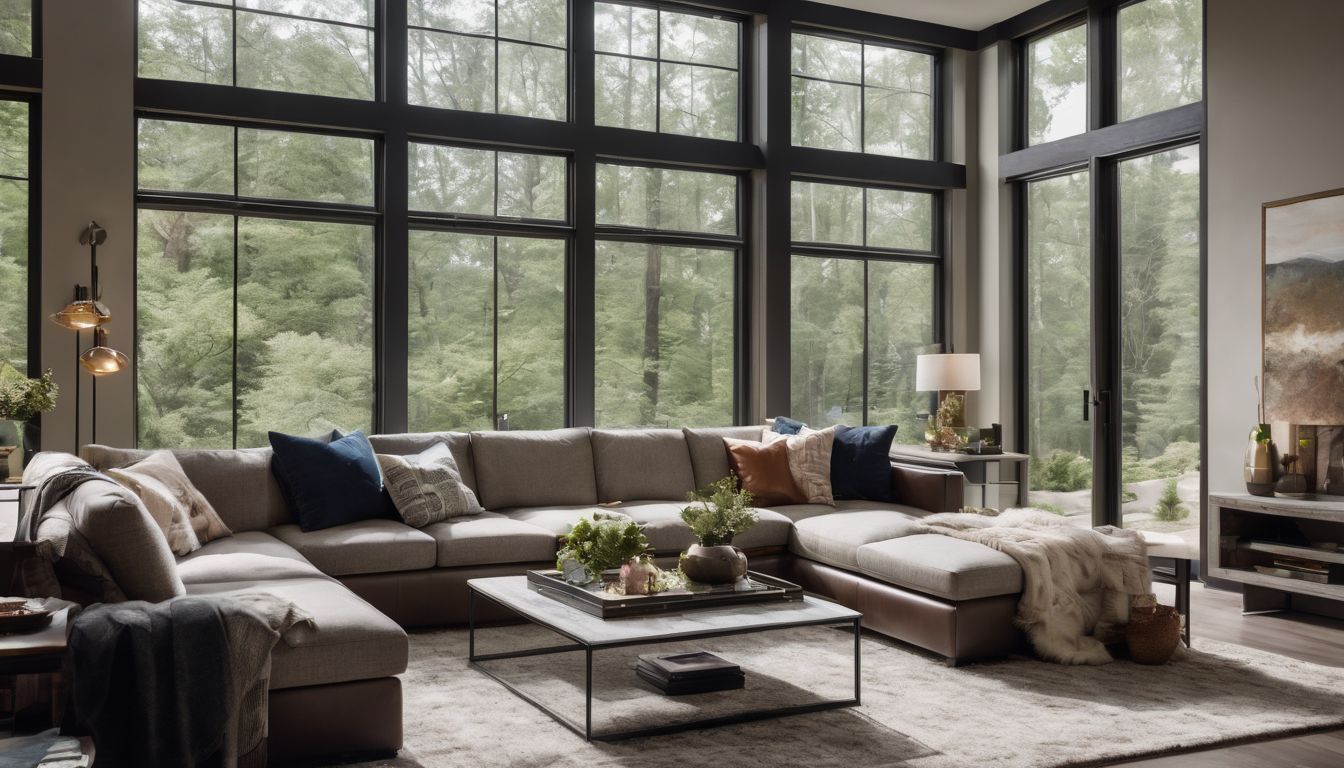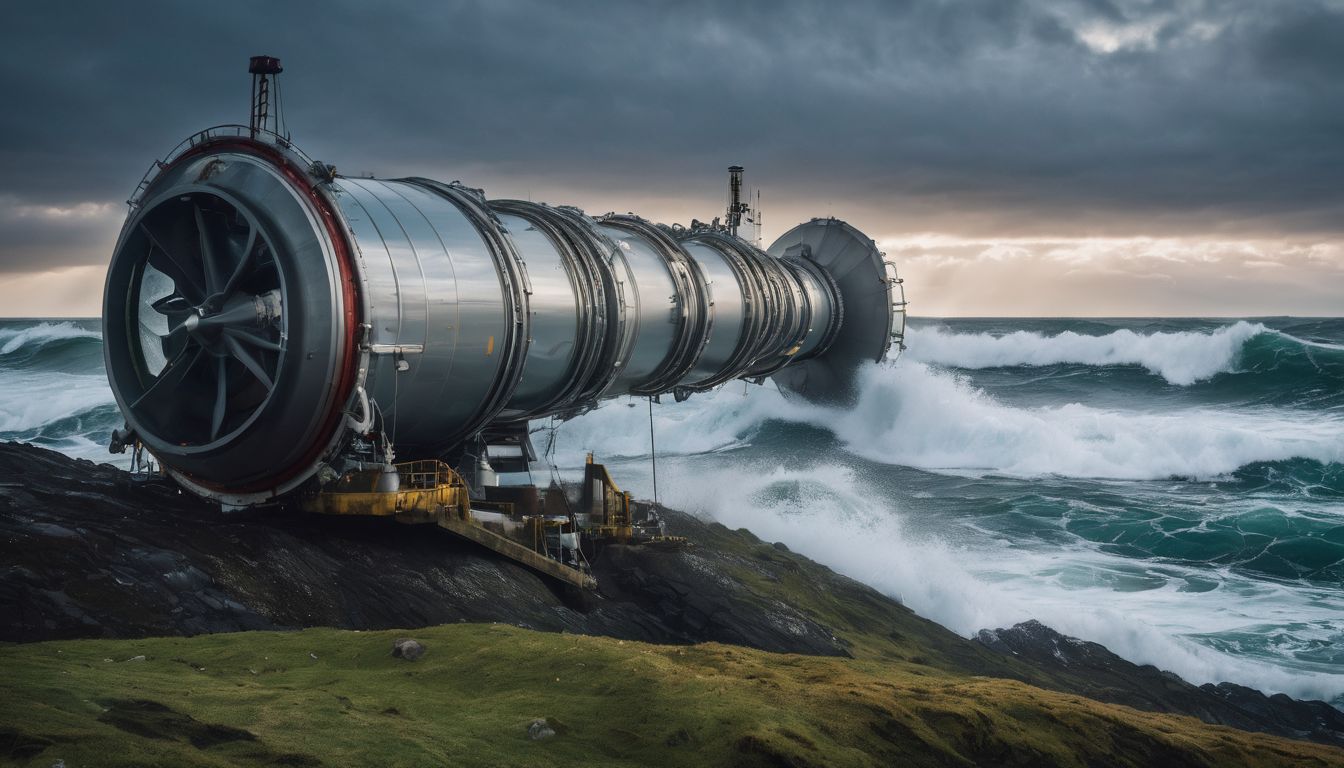Did you know that a significant portion of your energy bill is caused by your kitchen refrigerator system? It comes in right after your air conditioner expenses at 13.7%!1 Moreover, many of the fluorine gases—which account for 17% of the planet’s global warming impact—come from the hydrofluorocarbons (HFCs) used in our modern refrigeration systems.2 So, what do you do to keep your food from perishing if you do not have access to electricity? Mohammed Bah Abba has used the classic natural refrigeration concept and won the Rolex Award for Enterprise.3
Abba’s invention in actuality is very simple. It is basically placing a smaller pot inside a larger pot, then filling the space between them with wet sand and covering the tops with a wet cloth. As the water evaporates, it cools off the insides of the container, which is similar to how our bodies cool off by sweating. The evaporation process of sweating helps your body cool off. Thanks to Abba’s idea of using the idea of evaporative cooling, townspeople can now store their food from three days to three weeks! His invention allowed more young girls to attend school since they are no longer needed to help out to sell the perishable items on a daily basis.5 This example is a case of where brilliant ideas do not need to be difficult to execute.
Natural refrigeration, as well as other simple and sustainable technologies, have been around for centuries but are overshadowed by modern resource-guzzling technology. Evaporative cooling or natural refrigeration can help many people around the world live both a more environmentally and economically sustainable lifestyle! Try your hand at building both a natural refrigerator and a natural air conditioner to lower your energy bills while you lessen your ecological footprint!
BENEFITS FOR THE ENVIRONMENT: Less energy usage, less HFCs into the atmosphere, less waste going to landfills, and no new resources necessary!
COSTS: LOW to build, and once built will help you save money on your energy bills!
TIME AND EFFORT: LOW
Natural Refrigerator
Materials:
- 2 Large pots, one bigger than the other
- Sand
- Water
- Large cloth or towel
Instructions:
- Place the smaller pot inside the larger pot.
- Fill in the gap between the pots with wet sand mix.
- Place your perishable food items in the inside pot.
- Cover the top of both pots with a large wet cloth or wet towel.
Natural Air Conditioning
Materials:
- 2 Five gallon buckets
- 2 Yards of burlap
- 1 Box fan
- 2 Pedestals that can hold two buckets full of water
- Water
Instructions:site
- Place the buckets on the pedestals on either side of the box fan, but not touching the fan.
- Fill both of the buckets about three quarters full of cold water.
- Place the burlap ends in each bucket and stretch the fabric over the front of the box fan, then let sit for a couple of minutes.
- Turn on the box fan while facing it toward the room.
- Do NOT cover the back of your fan. This causes the fan to work too hard to try to draw in air and can make the fan burnout.
- As the water level in the bucket drops out from evaporation, continue to replenish the water in the buckets for as long as you want the cooler to run.
- OPTIONAL: You can try to add some scented oils to your water, such as lavender, vanilla, citrus, or whatever scent you love, to make your house or room smell clean and nice!
- For another type of make-it-yourself air conditioner, check out: “Build Your Own Air Conditioner”.
For more energy and money saving traditional techniques you can revive, check out:




